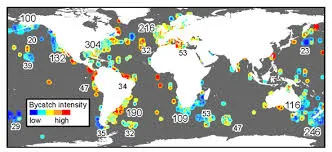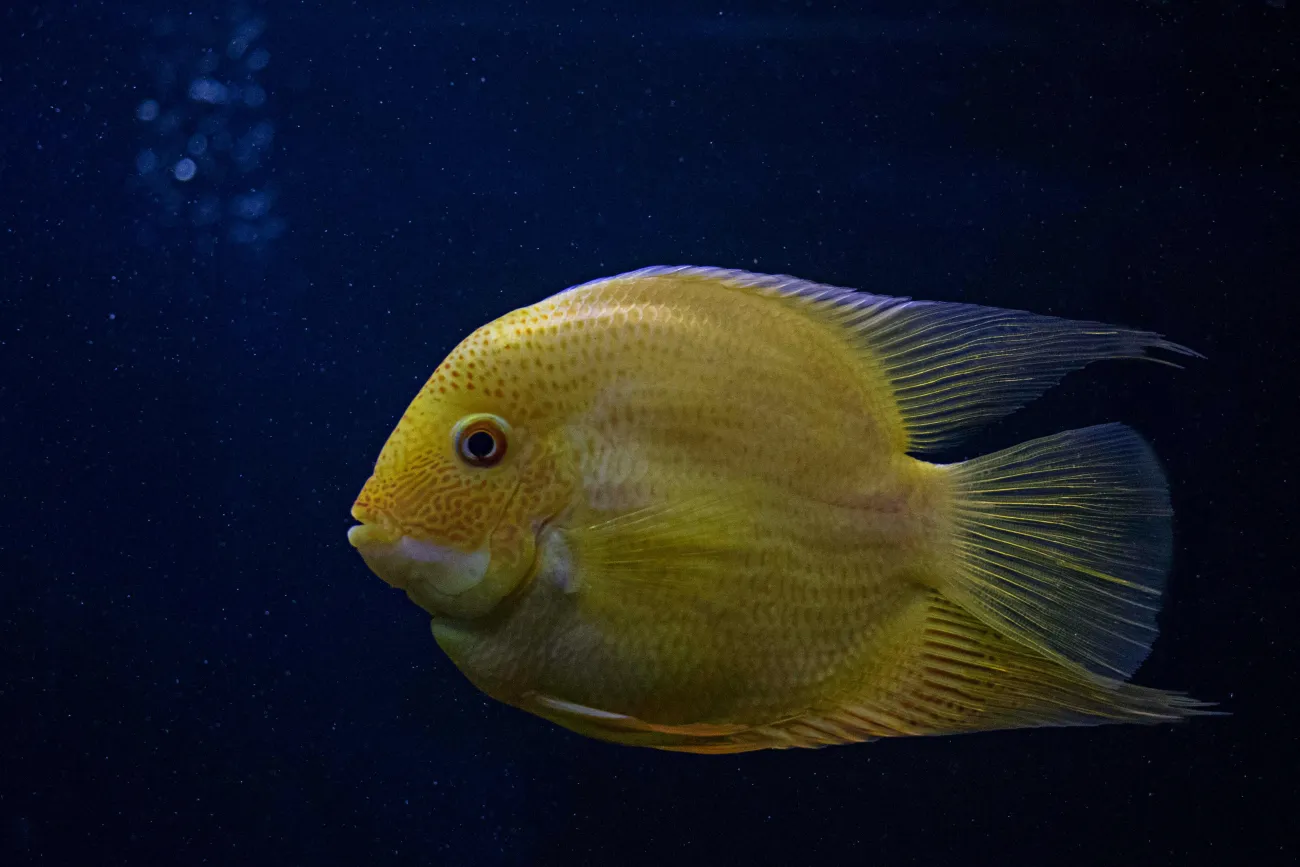This article published in Proceedings of the National Academy of Sciences discuss the issue of bycatch – non target animals that are accidentally caught or entangled in fishing gear.

This research used empirical data to identify the global distribution and magnitude of seabird, marine mammal, and sea turtle bycatch in three widely used fishing gears. The aim was to characterize megafauna bycatch patterns across large ocean regions to provide data and resources for conservation and management. There has previously been a lack of data making it difficult to assess the global scale of the problem. This research is thus important both because it provides an assessment of the distribution and magnitude of the bycatch problem but also because it highlights where the main research gaps lie. For example, the researchers stress that there is a lack of information on small-scale and coastal fisheries and from many ocean regions that are heavily fished by commercial fleets.
Abstract
Recent research on ocean health has found large predator abundance to be a key element of ocean condition. Fisheries can impact large predator abundance directly through targeted capture and indirectly through incidental capture of nontarget species or bycatch. However, measures of the global nature of bycatch are lacking for air-breathing megafauna. We fill this knowledge gap and present a synoptic global assessment of the distribution and intensity of bycatch of seabirds, marine mammals, and sea turtles based on empirical data from the three most commonly used types of fishing gears worldwide. We identify taxa-specific hotspots of bycatch intensity and find evidence of cumulative impacts across fishing fleets and gears. This global map of bycatch illustrates where data are particularly scarce—in coastal and small-scale fisheries and ocean regions that support developed industrial fisheries and millions of small-scale fishers—and identifies fishing areas where, given the evidence of cumulative hotspots across gear and taxa, traditional species or gear-specific bycatch management and mitigation efforts may be necessary but not sufficient. Given the global distribution of bycatch and the mitigation success achieved by some fleets, the reduction of air-breathing megafauna bycatch is both an urgent and achievable conservation priority.
Citation
Lewison R. L., Crowder L. B., Wallace B. P., Moore J. E., Cox T. , Zydelis R., McDonald S., DiMatteo A., Dunn D. C., Kot C. Y., BjorklandR., Kelez S., Soykan C., Stewart K. R., Sims M., Boustany A., Read A. J., Halpin P., Nichols W. J., Safina C., 2014, Global patterns of marine mammal, seabird, and sea turtle bycatch reveal taxa-specific and cumulative megafauna hotspots. Proceedings of the National Academy of Sciences, DOI:10.1073/pnas.1318960111
Read the full paper here and access an article describing the research here.
Read more in our research library on fisheries and aquaculture here. You can also search the website for the key words 'global problems fisheries'




Comments (0)